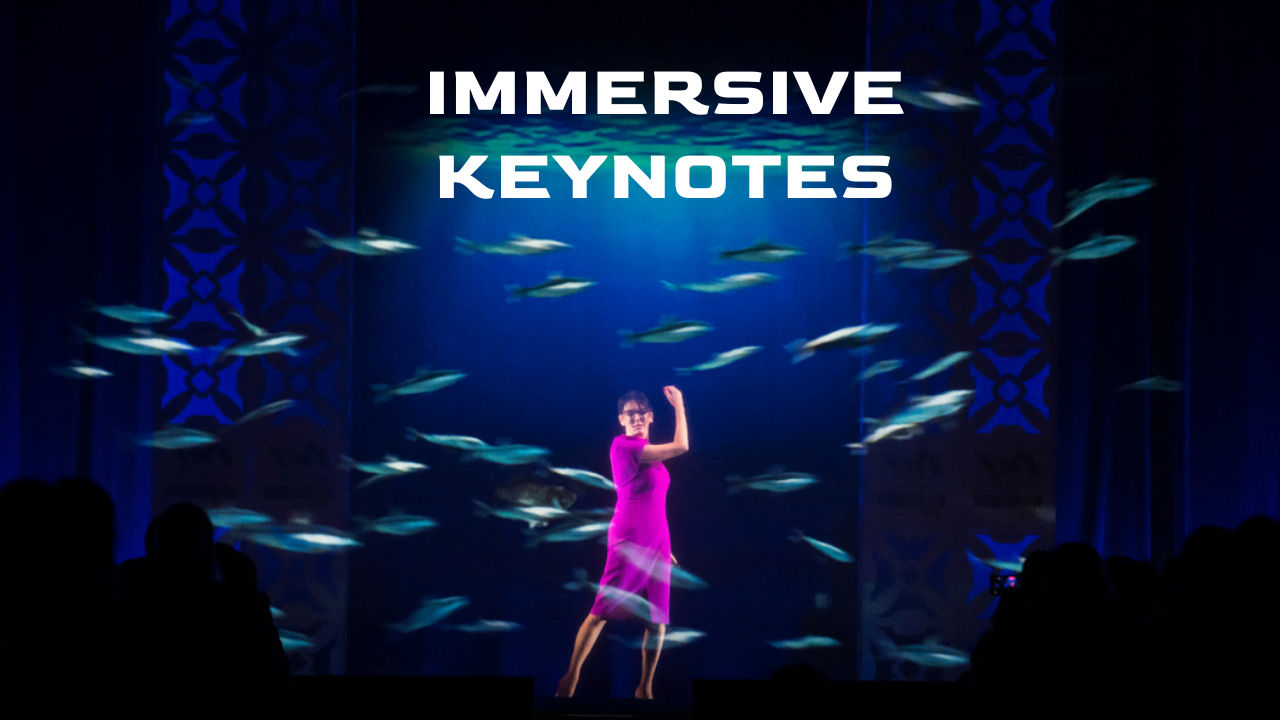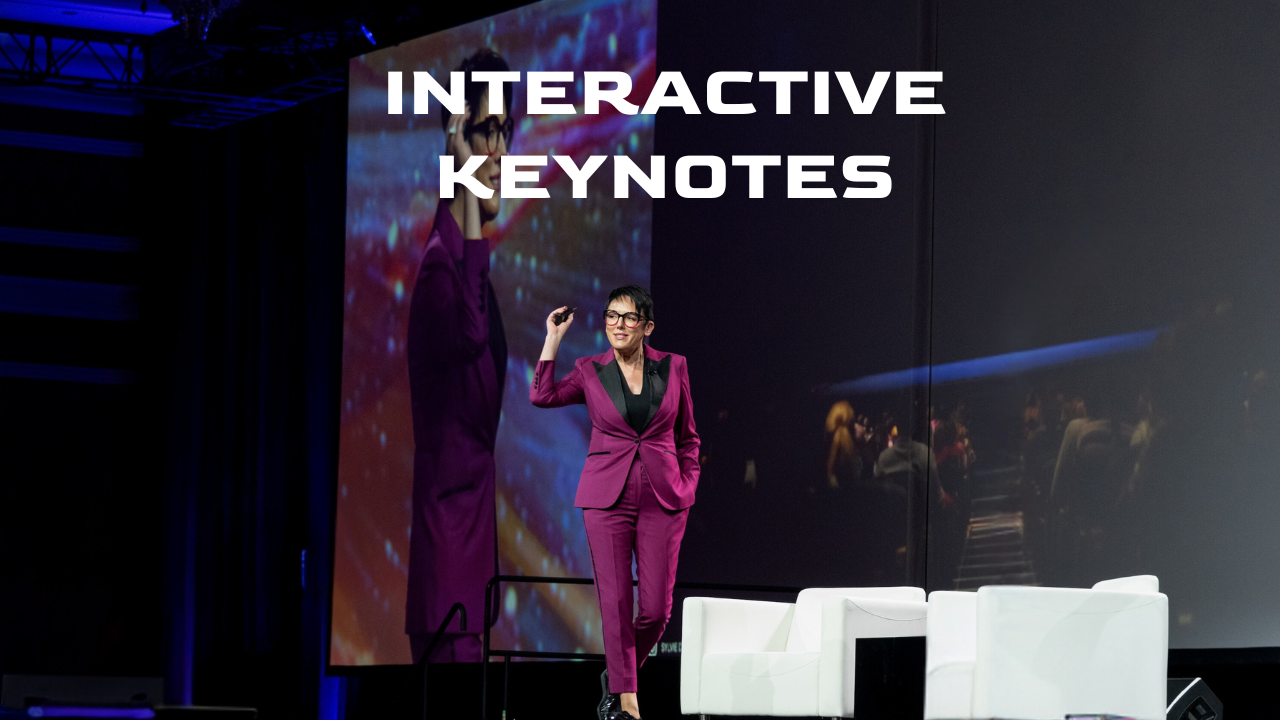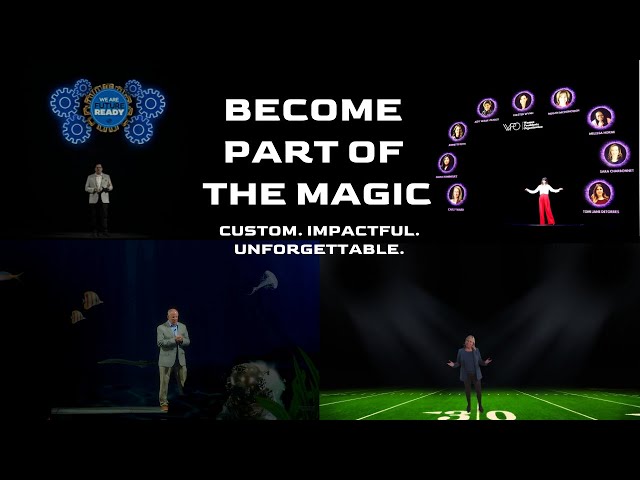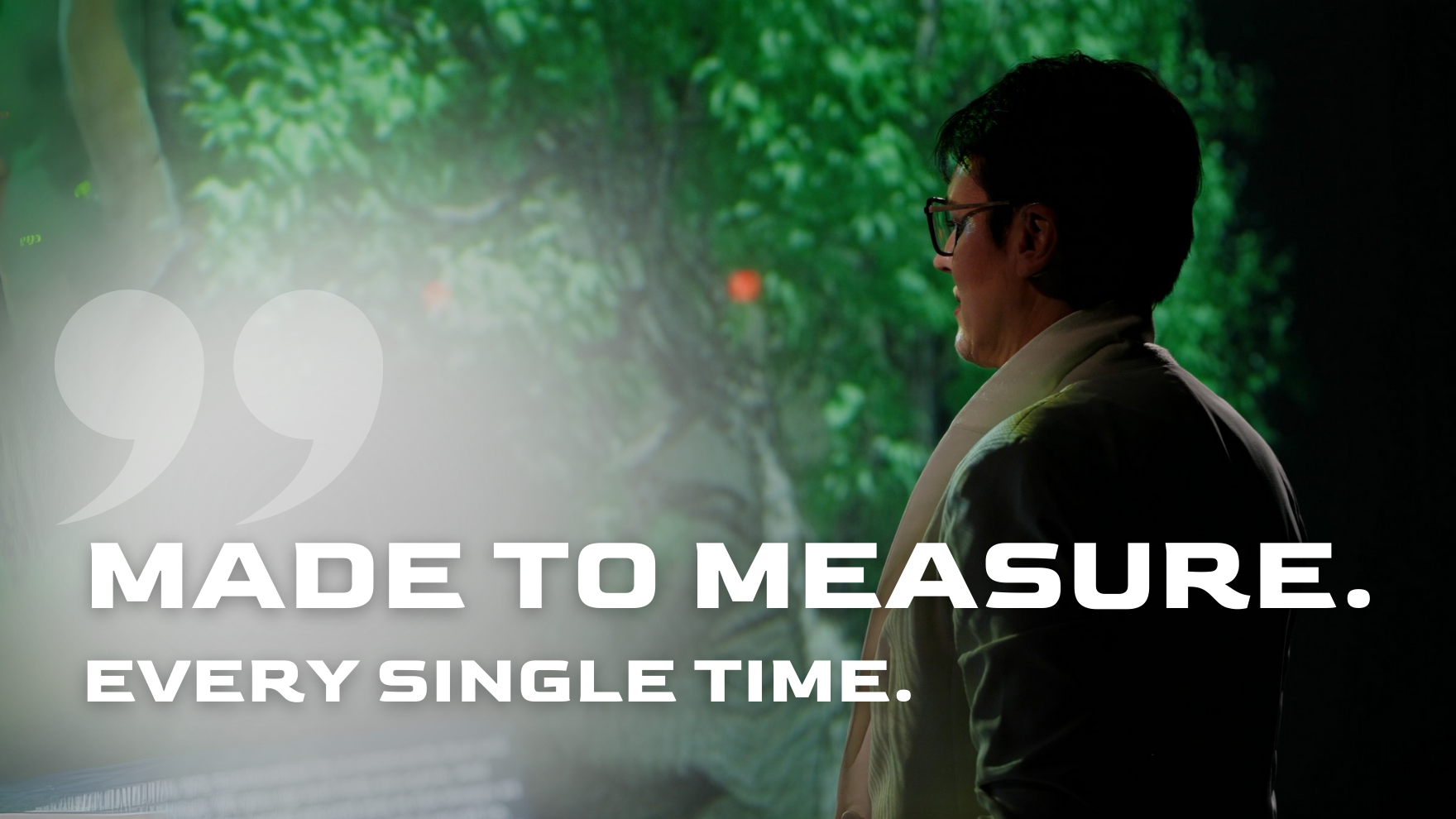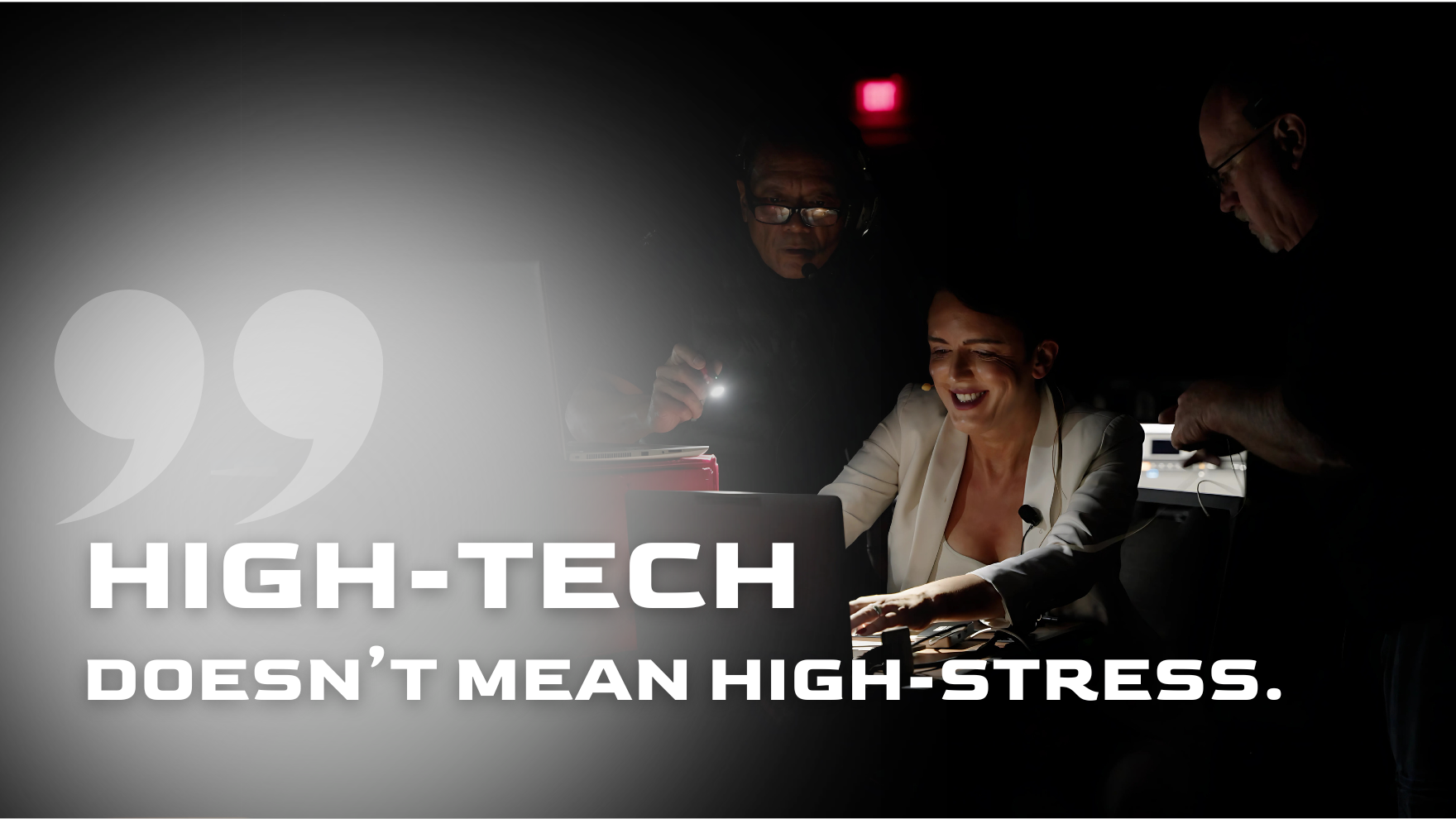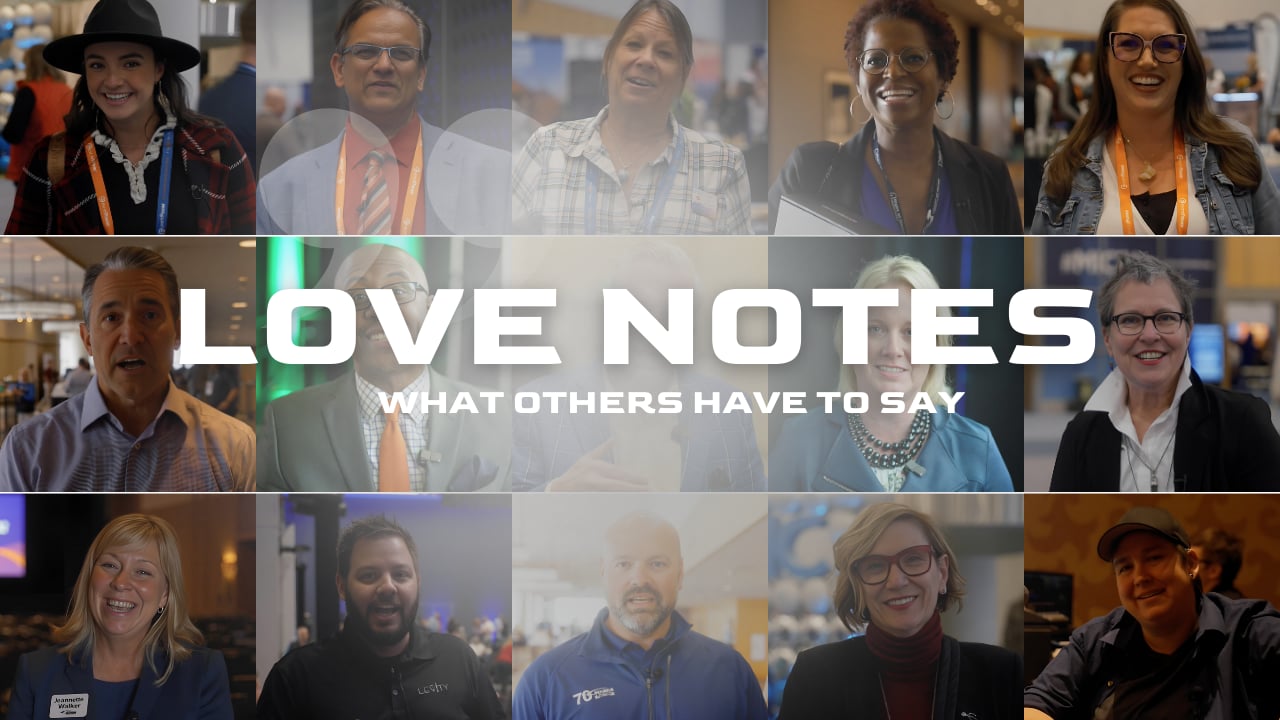The biggest mistakes your keynote speakers at conference events can make
When planning a conference, the choice of speakers is one of the most critical decisions you’ll make. Keynote speakers at conference events have a unique ability to either captivate your audience and elevate the experience or derail the event’s success entirely. A strong keynote speaker connects with the audience, aligns with your goals, and adds lasting value to the event. In contrast, a poorly chosen speaker risks creating disengagement, dissatisfaction, and even reputational harm.
This guide dives deeper into how keynote speakers at conference events can hinder success and provides practical insights to help you avoid these pitfalls. With the right knowledge, you can ensure your next keynote speaker adds value and helps make your event unforgettable.
Key Takeaways
- Delivering content that is irrelevant or disconnected from the audience’s needs.
- Failing to engage the audience, leading to boredom and disengagement.
- Lacking preparation or customization, resulting in generic or unremarkable speeches.
- Conveying values or messages that conflict with the event’s theme or purpose.
- Over-relying on slides or outdated presentation techniques that fail to resonate.
- Creating logistical challenges through poor time management or technical demands.
- Generating negative feedback that damages the event’s reputation and future attendance.
Irrelevant Content: When Keynote Speakers Don’t Connect with the Audience
One of the biggest risks when selecting keynote speakers at conference events is hiring someone whose content doesn’t align with the audience’s needs or expectations. Attendees often invest significant time and money to attend conferences, expecting insights and ideas tailored to their industry or role. When a keynote speaker delivers a generic presentation that doesn’t address their challenges, it can lead to frustration and disengagement.
Irrelevance can occur in several ways. A keynote speaker may rely too heavily on their standard “one-size-fits-all” presentation without taking the time to understand your audience. Alternatively, they may focus on topics that feel outdated, too broad, or disconnected from the realities your attendees face. For example, a keynote about general leadership principles might not resonate with a tech-focused audience looking for actionable strategies tied to innovation.
To avoid this, ensure every keynote speaker you choose has a track record of customizing their content. Ask potential keynote speakers for examples of how they’ve tailored presentations in the past and share specific information about your audience to help them prepare.
The fastest way to disengage an audience is to deliver content that feels like it was pulled from last year’s playbook.
Poor Engagement: Losing the Audience Midway Through
Keynote speakers at conference events who fail to engage the audience risk losing the room entirely. Engagement isn’t just about charisma—it’s about creating a dynamic, participatory experience that keeps attendees invested from start to finish. When keynote speakers rely solely on lecture-style delivery, fail to connect emotionally, or present without enthusiasm, attendees quickly tune out.
Poor engagement can manifest in subtle ways. You might notice attendees checking their phones, whispering to neighbors, or even leaving the room altogether. These reactions indicate that the keynote speaker hasn’t captured their attention or delivered content in a way that resonates.
True engagement happens when keynote speakers interact with the audience. This could mean asking thought-provoking questions, using humor to break the ice, or incorporating real-life examples that feel relatable. A keynote speaker who can read the room and adapt their tone or pacing based on audience reactions is far more likely to leave a positive impression.
Attention is the new event currency—choose a keynote speaker who knows how to earn it.
Lack of Preparation: The Danger of Generic Speeches
Preparation is a hallmark of professionalism, and keynote speakers at conference events who fail to prepare risk damaging the event’s credibility. When a keynote speaker shows up with a cookie-cutter presentation or struggles to navigate the event’s logistics, it creates unnecessary tension for organizers and attendees alike.
Unprepared keynote speakers might stumble over technical setups, fail to meet time constraints, or deliver disorganized content that leaves the audience confused. Beyond logistical issues, a lack of preparation often results in generic speeches that fail to address the unique goals of the conference or the nuances of the audience.
To prevent this, prioritize keynote speakers who demonstrate a commitment to preparation. This could mean scheduling a pre-event call to align on goals, ensuring they understand the event’s theme, and providing them with detailed information about the audience demographics and expectations. A prepared keynote speaker is not just polished—they’re also impactful.
A speaker’s lack of effort shows—and your audience will notice!
Conflicting Values: When the Keynote Speaker’s Message Misses the Mark
Keynote speakers at conference events don’t operate in a vacuum—they represent your event and, by extension, your organization or brand. If a keynote speaker’s message or personal values conflict with the mission of your event, it can create a disconnect that’s hard to recover from.
For example, imagine hosting a sustainability-focused conference and inviting a keynote speaker who hasn’t demonstrated a commitment to environmental practices. Or hiring someone whose public statements or actions contradict the principles of diversity and inclusion at a conference centered on equity. These mismatches can leave attendees feeling disillusioned and diminish the event’s credibility.
Avoiding this pitfall requires thorough research. Look into the keynote speaker’s background, past engagements, and public presence. Ensure their messaging aligns with your event’s goals, and have candid conversations about expectations before finalizing the agreement.
The wrong keynote speaker doesn’t just clash with your theme—they undermine your credibility.
Outdated or Over-Reliant Presentation Techniques
Audiences today expect dynamic, visually engaging presentations that go beyond reading from a script or displaying bullet points on a slide deck. Keynote speakers at conference events who rely too heavily on outdated techniques—like overly text-heavy slides or a monotone delivery—risk losing the attention of modern, tech-savvy audiences.
Outdated presentations also fail to capitalize on the tools available to enhance storytelling and engagement. For example, a keynote speaker who uses static visuals instead of interactive elements like polls or videos may come across as behind the times. Attendees are likely to disengage if the content feels stale or uninspired.
To ensure your keynote speakers use contemporary techniques, review samples of their past presentations and ask about their approach to audience engagement. A keynote speaker who incorporates innovative methods like live Q&A sessions, compelling visuals, or even immersive, holographic, or mixed-reality experiences can make a significant impact.
A keynote stuck in the past does more than bore—it sends your event back in time.
Poor Time Management: Derailing the Event Schedule
Time management is critical for keynote speakers at conference events, as it directly affects the flow of the entire agenda. A keynote speaker who overruns their allotted time can delay subsequent sessions, frustrate attendees, and throw the schedule into disarray. Conversely, a keynote speaker who finishes too early or rushes through their presentation can leave the audience feeling shortchanged.
Effective time management is a skill that separates seasoned keynote speakers from amateurs. Look for keynote speakers with a track record of punctuality and precision. Provide clear time limits and discuss the importance of staying on schedule during pre-event planning. A well-timed presentation demonstrates respect for the audience and ensures the event runs smoothly.
A speaker who respects the clock respects the audience—and you!
Negative Feedback: Damaging Reputation and Attendance
Perhaps the most lasting consequence of poorly chosen keynote speakers at conference events is the negative feedback they can generate. Dissatisfied attendees are likely to voice their disappointment through post-event surveys, social media posts, or word of mouth. These criticisms can tarnish the reputation of your event and make it harder to attract attendees, sponsors, or top-tier keynote speakers in the future.
Negative feedback often stems from unmet expectations, whether due to irrelevant content, poor delivery, or a lack of engagement. To avoid this, involve attendees in the planning process by gathering input on what they want to see from your keynote speakers. Use this feedback to guide your selection and ensure the keynote speakers you choose align with audience preferences.
Negative feedback about a keynote speaker doesn’t just hurt—it echoes into future events.
ADDITIONAL RESOURCES
The Real Measure of Presentation Success
An article from the MIT Sloan Management Review discusses how presenters can gauge the effectiveness of their talks using various metrics beyond traditional surveys. It emphasizes the significance of audience engagement and the lasting impact of a presentation.
FREQUENTLY ASKED QUESTIONS
How can I ensure keynote speakers at conference events deliver value?
Provide detailed information about your audience and event goals. Choose speakers with a proven ability to customize their content and engage attendees effectively.
What should I do if a keynote speaker doesn’t align with my event’s values?
Always research their background, public statements, and previous engagements. If a misalignment arises, discuss it openly and consider alternative options before committing.
What’s the best way to evaluate a keynote speaker’s engagement skills?
Watch videos of their past presentations and look for elements like audience interaction, humor, and real-time adaptability. Reviews or testimonials also often highlight their ability to connect.
ABOUT THE AUTHOR
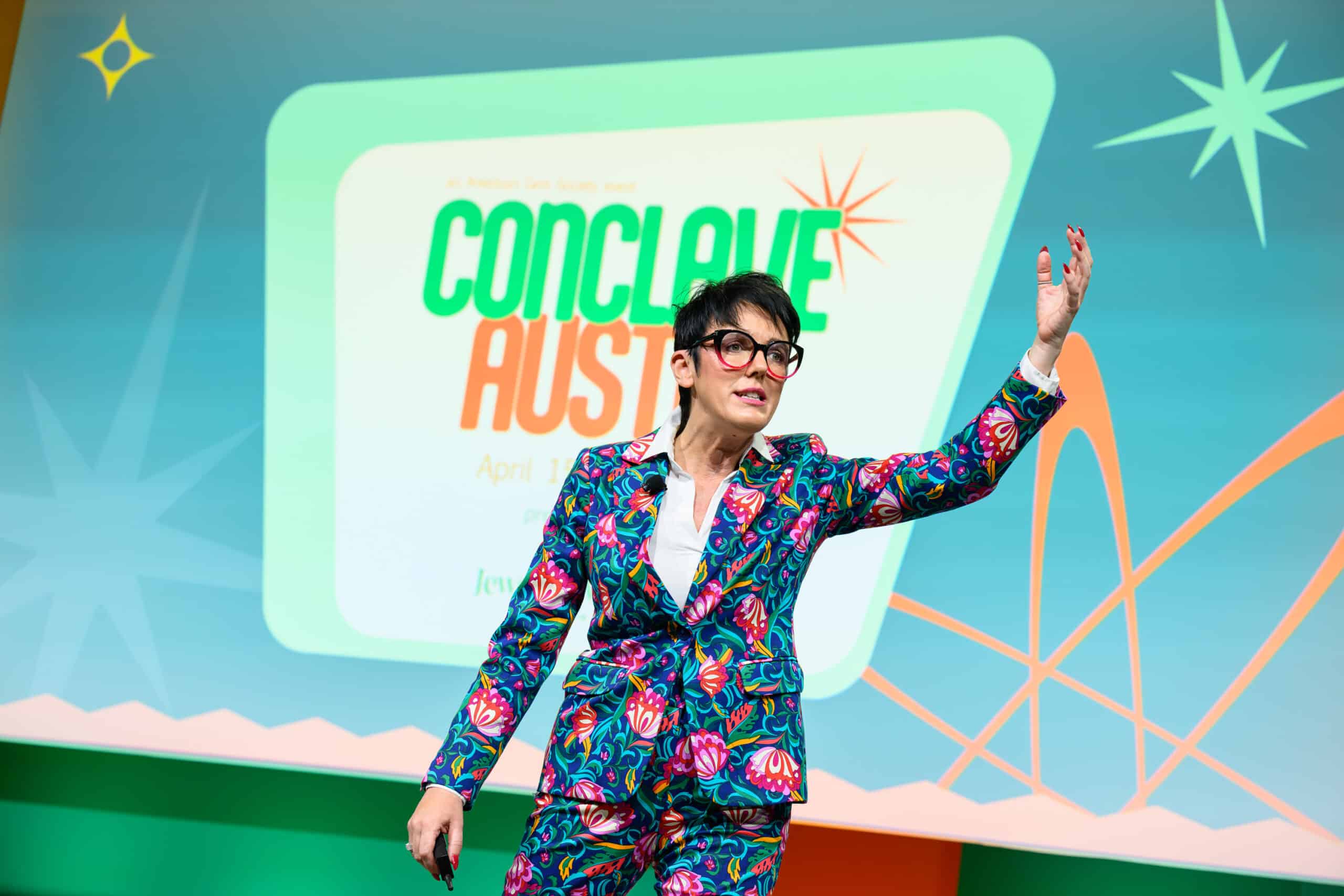
Sylvie di Giusto, CSP
is an internationally acclaimed keynote speaker celebrated for her groundbreaking 3D immersive presentations and highly interactive sessions. With over two decades of experience in corporate leadership, she empowers professionals to make intentional decisions that elevate their leadership, strengthen client connections, and drive meaningful organizational outcomes. Renowned for her ability to inspire action, Sylvie equips audiences with practical tools and insights to achieve professional growth and lasting success.

